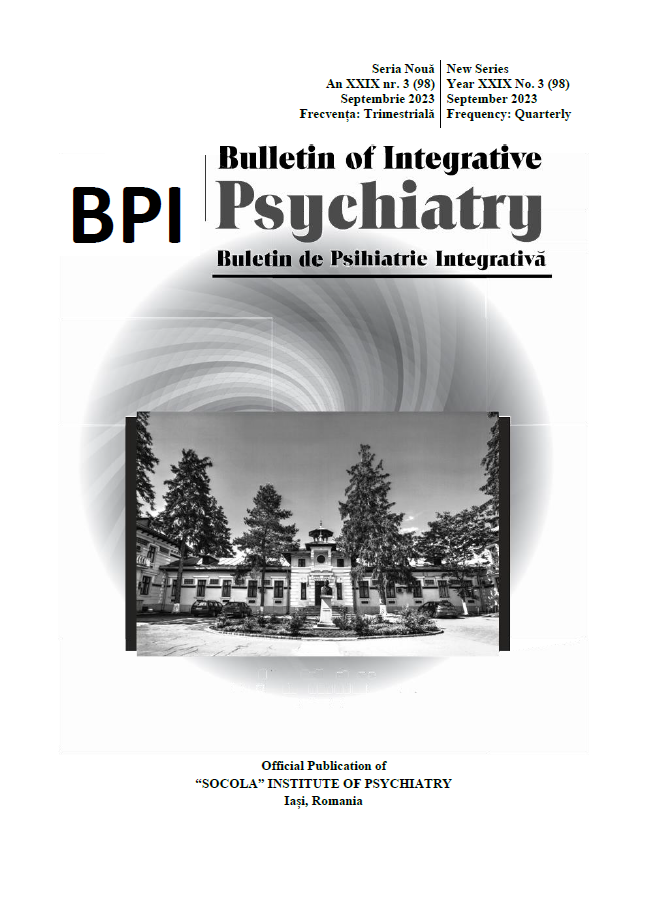The burden of patients with rosacea – psychosocial impact and psychiatric comorbidities
The burden of patients with rosacea – psychosocial impact and psychiatric comorbidities
Author(s): Raluca Stamatin, Doinița Olinici, Laura Gheucă Solovăstru, Mădălina Mocanu, Ioana A Popescu, Adriana Pătrașcu, Dan VâțăSubject(s): Psychology, Essay|Book Review |Scientific Life, Sociology, Social psychology and group interaction, Clinical psychology, Behaviorism
Published by: Editura Sedcom Libris Iasi
Keywords: Rosacea; psychosocial impact; quality of life; psychiatric comorbidities;
Summary/Abstract: Rosacea is a chronic skin condition with a global incidence ranging from 1% to 22%, affecting mainly women aged between 30 and 55 years. The etiopathogenesis of rosacea is complex, involving genetic factors, cutaneous or intestinal dysbiosis, neurovascular dysfunction, or immune disorders. Clinically, it is characterized by persistent or transient facial erythema, papules, pustules, phymatous changes, ocular manifestations, and associated symptoms such as burning sensation or local stinging.Physical appearance and facial features significantly influence all social aspects a person experiences, from various interpersonal relationships to employment decisions. The disease can lead to social stigmatization and significantly reduce the quality of life. The chronic course of rosacea and its predominant facial localization, visible in the patient's social environment, justify the increased incidence of psychiatric comorbidities in these patients.Rosacea is an easily observable condition, especially due to persistent redness, which often leads to the development of feelings of anxiety or social phobia, stigmatization, or comorbidities such as depression, generalized anxiety, or bipolar disorder.Currently, the European Academy of Dermatology and Venereology (EADV) Task Force on Quality of Life in rosacea recommend the use of specific scores for inflammatory dermatological diseases, such as the Dermatology Life Quality Index (DLQI) and the Minimal Clinically Important Difference (MCID), as well as the specific rosacea score RosaQoL.The current study aims to describe the psychosocial impact of rosacea on these patients. Due to the increased incidence of depression and anxiety in this patient group, great attention must be given to signs and symptoms of psychiatric comorbidities, and the therapeutic approach should target both dermatological treatment and associated treatment from the perspective of a psychiatrist or psychologist.
Journal: Buletin de Psihiatrie Integrativa
- Issue Year: 98/2023
- Issue No: 3
- Page Range: 63-71
- Page Count: 9
- Language: English

